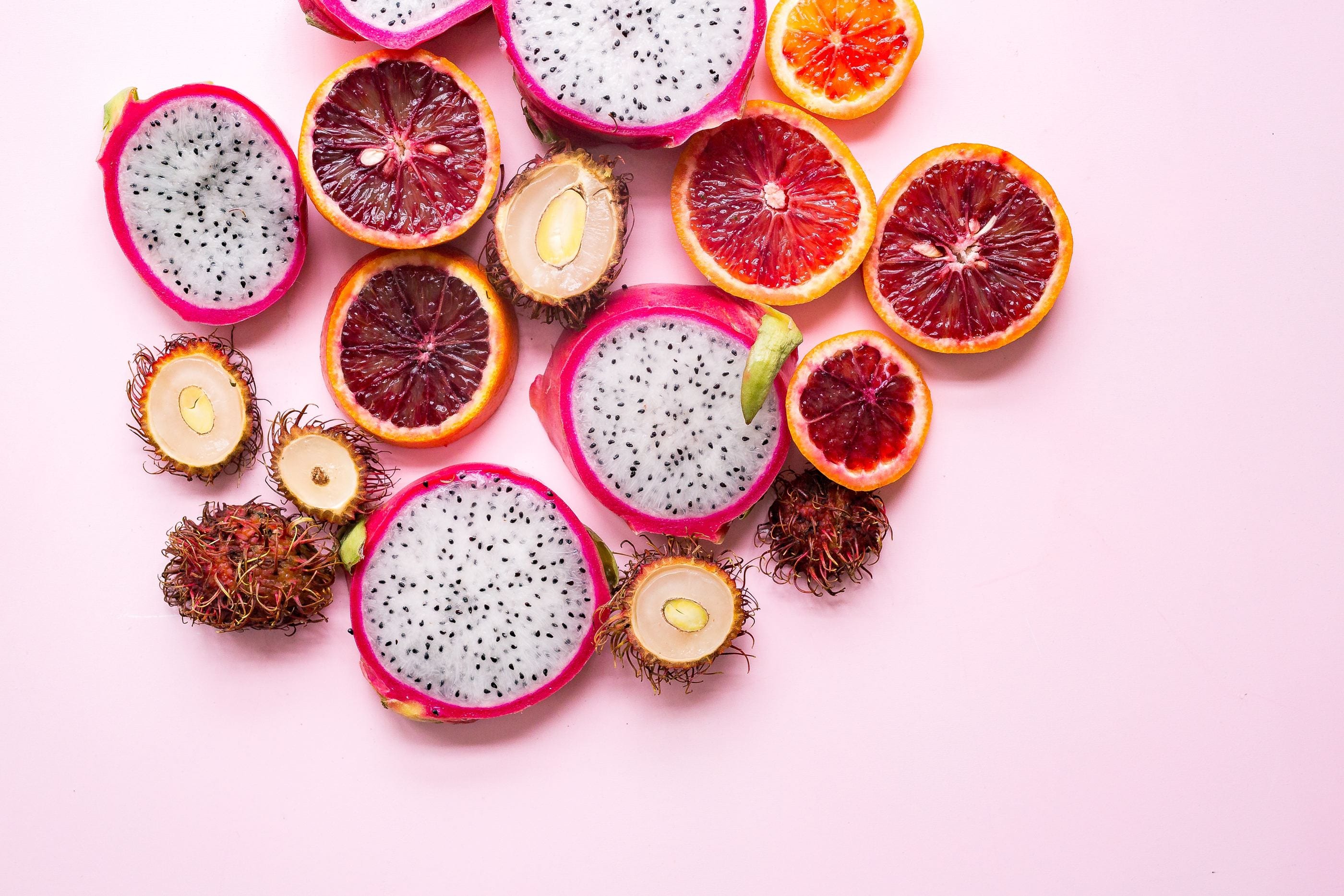
As the new year floods our Instagrams with healthy food inspo and Whole 30-ers gleefully marking their milestones, it’s hard to not feel inspired and have our interest (and maybe appetite) piqued at what all the fuss is about. After all, many of us want to eat whole foods. But despite the deceptively simple term, making the transition to full-on whole food eating can be daunting.
For starters, what exactly constitutes a “whole food”? And what does it mean to eat a whole food diet? If you’ve been curious and feeling inspired to take the leap of food faith, we’re breaking down what the diet is and how you can kickstart your own healthy, whole food journey.
What Defines a Whole Food?
Basically, it’s anything that is unprocessed, unrefined, and as close to its natural state as possible—meaning the way it’s found in the ground, on a tree, or in the ocean is pretty dang close to what it looks like on your plate. Most fruits, veggies, nuts, and meats fall into this category. Some grains and legumes, like peas and lentils, are also considered whole foods. What you won’t find in a whole food is chemicals, food dyes, flavor additives, or preservatives.
To get this untouched version of food, you often have to prepare the meal or snack yourself. Most processing happens at manufacturing plants where salts, sugar, oils, and preservatives are added to foods to extend their shelf life and make prepackaged foods more accessible for the masses. In addition to adding some of these unnecessary and harmful ingredients, processed and refined foods are also often stripped of some nutrient-rich properties like fiber and water, making them even harder on the body to digest. With a few exceptions, most foods that come wrapped in a package, bag, or box have been processed on some level.
That said, not all processing is bad. After all, we process foods ourselves when we make meals at home by blending, mixing, and mashing. The difference is that when we handle food at home, we have more control over what we choose to use and can make smarter choices that align to a whole food diet. (A good example is cutting sugar intake or swapping white, refined sugar for raw coconut sugar, which has less harmful properties.)

Making Time for Whole Foods
But the amount of time and prep work that goes into maintaining a whole food diet can be a little stress-inducing for some, especially those with kiddos or anyone running tight on time. While it can definitely be harder than swinging through a drive-through or popping something frozen into the oven, there are some solid ways to make eating whole foods more manageable and accessible for all.
Dedicating a day to meal prep is a great way to make whole food eating more sustainable. Simply set aside some time, throw on a good playlist or podcast, and get to chopping those veggies and fruits. You can also purchase vegetables that are already skinned or chopped to save time. Preparation is key: Planning a menu for the week (including breakfast, lunch, dinner, and a variety of snacks) makes it much easier to prep and stay on track throughout the week. Some of our favorite dishes and snacks include butter lettuce wraps, this pizza, and these fat balls.
Whole Foods On-The-Go
For travelers and busy bees, there are always some great on-the-go options. No matter where you are, you can usually find something that won’t compromise your food goals. As the ubiquity of healthy food options and the demand for better food quality increases, many more restaurants are serving options. One of our go-to options is Chipotle, which offers a variety of great whole food ingredients that will leave your body feeling full and happy. Their Whole 30 Salad Bowl is filled with carnitas, veggie fajitas, romaine, tomato salsa, and guacamole. (You can also order it through their app, which gets tons of points for convenience.)
Good for the Gut
At the end of the day, salty, sugar-laden, and heavily dyed foods packed with preservatives may feel good in the short term as they trigger your pleasure sensors. But internally, your body has to work hard to process them and get the harmful properties out of your body as quickly as possible. This means your organs are in overdrive and you will likely be left feeling lethargic, foggy, and maybe even depressed or anxious in the aftermath. That’s not fun.
The gut is sometimes referred to as the “second brain” because of the amount of whole body functions it impacts, including mood, immunity, energy, and more. If you’ve been used to a certain non-whole food diet, it will probably take some time to fully make the switch… But trust that your gut and body will feel far better than you could have ever imagined by taking the plunge!
In partnership with Chipotle
Chipotle serves delicious burritos, bowls, tacos, and salads made from real, whole ingredients. They make it easy to build an on-the-go meal that’s right for you, whether you’re eating Keto, Paleo, or Whole30®, or just hungry for something fresh and delicious—but their commitment to mindful eating doesn’t stop there. By preparing everything without artificial colors, flavors, or preservatives and sourcing only the best responsibly-raised ingredients, they’re striving to cultivate a better world, too.
